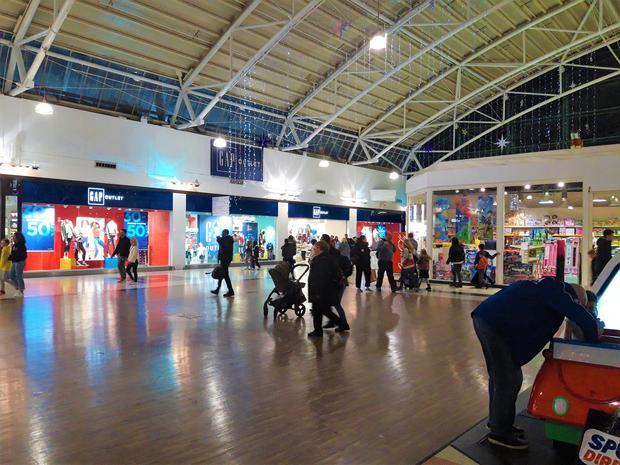Some stores seem prime contenders for going out of business. When the economy wobbles, those that go for a niche market are more vulnerable, especially if they are not high-end fashion. Other retailers have been hit heavily by e-commerce platforms, such as shops that specialize in electronics or games. However, when other stores collapse this can come as a surprise.
Is it possible to develop a predictive model to assess which stores might be losing consumer confidence and could be about to go under? According to new research, social media can offer clues provided the right model is used for the analysis.
Researchers from the University of Cambridge have deployed a balance of social media analysis together with transport data in order to construct a predictive model of the likelihood that a given retail business will succeed or fail within a given time period.
To develop the model, the researchers drew on data from ten global cities. The model has been shown to have an 80 percent accuracy in terms of predicting if a new business will fail within the next six months.
The researchers processed over 74 million check-ins and social media comments drawn from the location-based social network Foursquare. The data was from the following cities: Chicago, Helsinki, Jakarta, London, Los Angeles, New York, Paris, San Francisco, Singapore and Tokyo. In addition, they assessed location linked information pertaining to 181 million taxi trips from New York and Singapore. Fairly similar patterns were found across the ten cities.
Commenting on the model, lead researcher Krittika D’Silva said: “One of the most important questions for any new business is the amount of demand it will receive. This directly relates to how likely that business is to succeed. What sort of metrics can we use to make those predictions?”
Understanding this information allows some retailers to prepare or take measures to avoid failure, such as accelerating digital transformation initiatives. The information is also of use to those who are considering setting up retail establishments, helping to assess where appropriate locations for a business could be. For example, it was found that shopping areas that are popular around the clock, rather than just at certain points of day, are more likely to succeed.
Such insights can also feed into the municipal urban planning process. With planning, this leads to new considerations for the once busy town shopping high streets. Some policy makers argue that town centers should be reinvigorated by focusing on alternatives to retail including housing, leisure, entertainment, education, arts and commercial office space.
The research and model have been presented to the ACM Conference on Pervasive and Ubiquitous Computing (Ubicomp), which was held in Singapore during October 2018.















